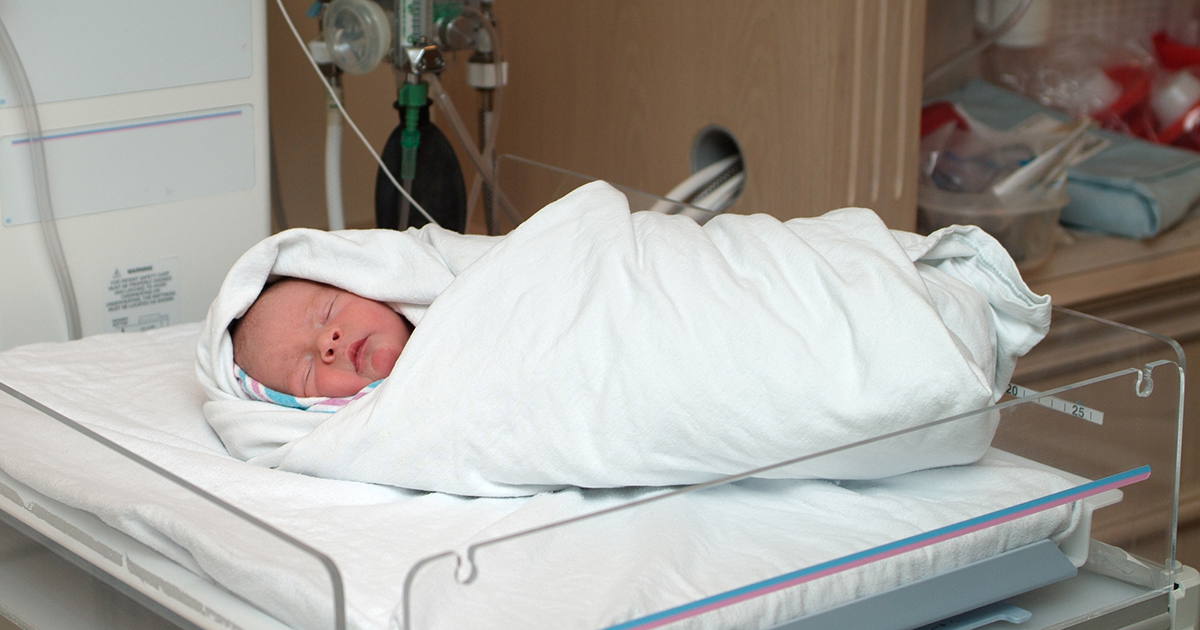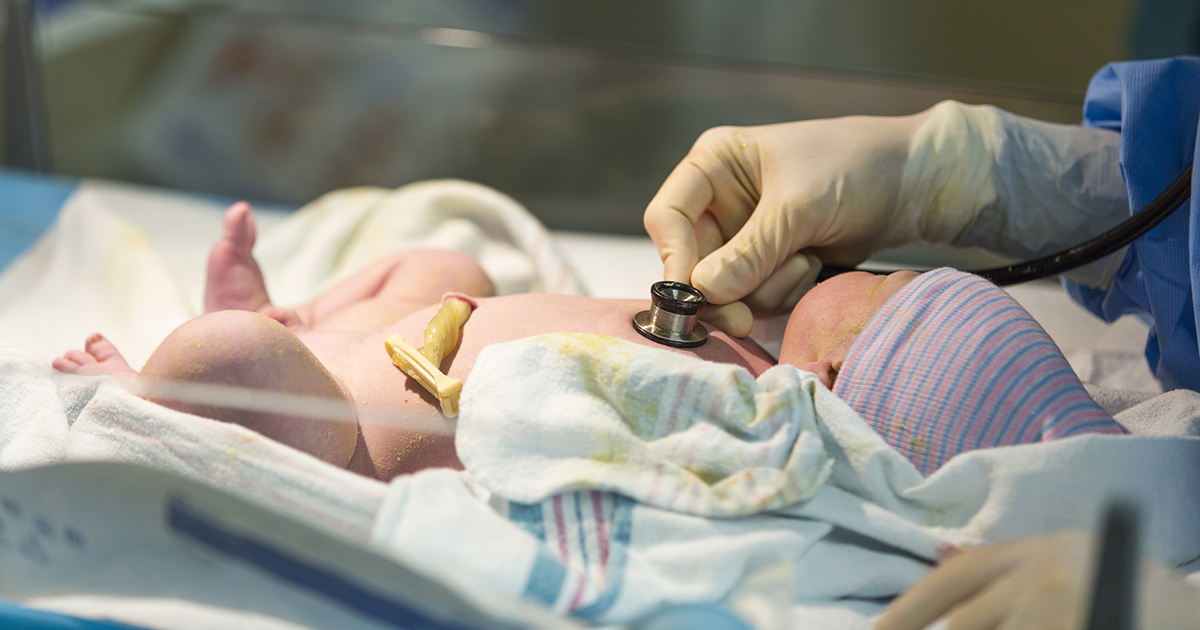Causes & Risk Factors Of Osteopetrosis
Autosomal Recessive Inheritance

This version of osteopetrosis occurs when both parents are carriers of the mutation in their recessive genes. This means they have a fifty percent chance of having a child that is a carrier of the mutated gene, and a twenty-five percent chance of having a child who doesn't have the mutated gene at all, and a twenty-five percent chance of having a child with osteopetrosis. Autosomal recessive inheritance causes the most severe form of the disease, which is usually found at birth. This form can cause a huge number of problems in the body, with many of them being life-threatening. For example, the increased bone density can negatively affect bone marrow, preventing it from creating new cells for the immune system. This can lead to abnormal bleeding and anemia due to a shortage of red blood cells.
In a previous section, it was stated the TCIRG1 gene is the leading cause of this type of osteopetrosis. The TCIRG1 gene can be thought of as a sort of instruction manual for making the a3 subunit part of a protein called the vacuolar H+-ATPase (V-ATPase). In the case of osteoclasts, V-ATPases pumps protons into a tightly sealed area between the bone surface and the surface of the osteoclasts. This regulates pH to a precise level that allows osteoplasts to break down old bone mass properly. Osteoplasts are highly sensitive and can be thrown out of whack from even the smallest change in pH, so a mutated TCIRG1 can cause one of the biggest malfunctions of osteoclasts, causing the most severe form of osteopetrosis.
X-Linked Recessive Inheritance

The X-linked recessive inheritance type of osteopetrosis is caused by a mutation of the IKBKG gene, which plays a significant role in controlling the body's immune responses as well as the prevention of apoptosis (self-destruction). This form of the disease usually presents itself at birth.
The X-linked recessive inheritance type of osteopetrosis is also known as OL-EDA-ID. It is caused by a mutation in an X-linked gene, which means the mutated gene is inherited from one or both parents. In men, they only have one X-chromosome, so if the gene is mutated, there is no back up to replace it. This form of the disease is less common in women since they have two X-chromosomes. If one of the genes is mutated, they would still have a good one that isn't mutated, but they would be carriers and can pass the mutated gene on to their children. The chance a baby will inherit the disease largely depends on the gender of the child and which parent, if any, has the mutation.
